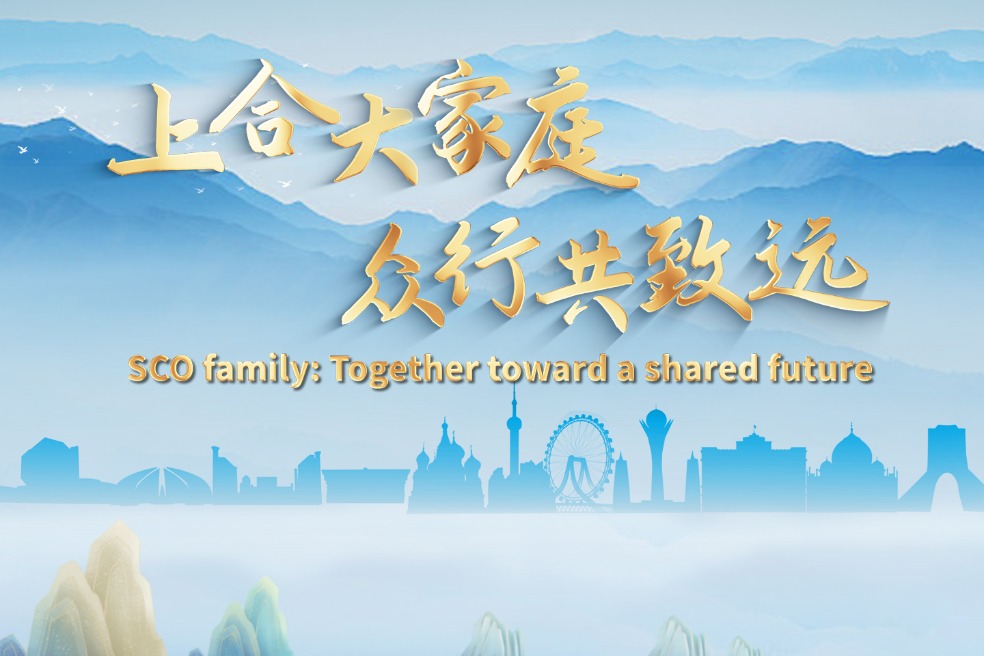Beef production hits its prime on grasslands
Eco-sensitive methods in Inner Mongolia protecting environment, providing higher-quality meat


On the vast Ulgai Grassland of the northern Inner Mongolia autonomous region, Dong Xiaohu begins his day well before sunrise.
At 3:30 in the morning, he rises in the semi-darkness, quickly drinks a cup of milk tea, and sets off on horseback to check on his herd of 500 Angus cattle.
"Summer days are long here," he explained. "If you don't get the cows out grazing early, they stop eating once the heat sets in around 9 am."
At 43, Dong has spent over a decade in modern cattle farming, a livelihood he never imagined when he was a young migrant worker moving between factories in the northeastern provinces of Jilin, Heilongjiang, and Liaoning.
In 2013, Dong returned to Inner Mongolia and began working for a livestock company, trading urban transience for the peacefulness of the grasslands.
Life on the boundless grasslands is beautiful yet lonely, and he has found solace in the company of his cattle.
As he got the hang of setting up warm bedding for calving cows, monitoring their feed intake and pregnancy conditions, and watching for illnesses like pneumonia, he has managed to deliver quality cattle. Over the years, his income has grown steadily to about 200,000 yuan ($27,860) annually.
"It's simple. If you take care of the cows — make sure they eat right, stay warm, and don't get sick — they grow fast and strong. Then the company pays you well," he said.
























